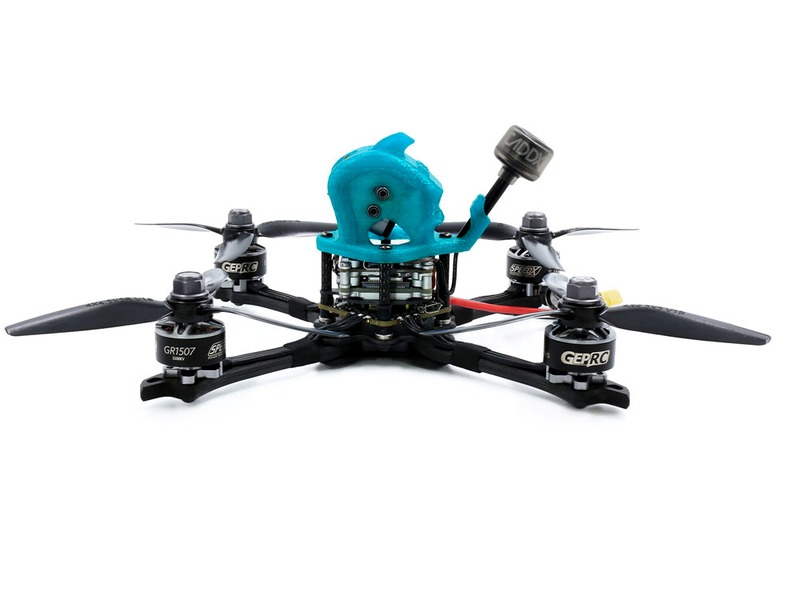How much RPM is needed to fly a drone?

RPM, or rotations per minute, is an important factor in determining how fast a drone can fly. There is no single answer to the question of “How much RPM is needed to fly a drone?” because it depends on the type of drone and its purpose.
For a toy drone, the RPM needed to fly is typically much lower than for a professional-level drone. Toy drones are designed to move at slower speeds, so they only require a few thousand RPMs to fly. Professional-level drones, on the other hand, require higher RPMs in order to achieve their maximum speed and maneuverability.
The size and weight of the drone also play a role in determining the amount of RPMs necessary for flight. For instance, a larger, heavier drone will require more RPMs to stay aloft, while a smaller, lighter drone will require fewer RPMs.
The type of motor used in the drone also affects the RPM needed for flight. Brushless motors are very popular among drones because they provide higher RPMs with greater efficiency and less noise. Brushless motors can provide thousands of RPMs and are often capable of reaching speeds of up to 50 mph.
One of the most important factors in determining the RPM needed to fly a drone is the type of propeller used. Different propellers have different levels of efficiency and the size, shape, and pitch of the propellers determine the amount of thrust that can be generated. The larger the propeller and the higher the pitch, the more thrust it can generate and the higher the RPMs that it will require.
Finally, the environment in which the drone is operating also needs to be taken into account when calculating the RPMs needed for flight. For instance, if the drone is flying in windy conditions, then it will require more RPMs to stay aloft. On the other hand, if the drone is flying in still air, then it will require fewer RPMs to stay aloft.
In summary, the amount of RPMs needed to fly a drone will depend on many factors, such as the type of drone, its size and weight, the type of motor and propeller used, and the environment in which it is flying. Toy drones typically require a few thousand RPMs, while professional-level drones may require thousands of more RPMs in order to reach their maximum speed and maneuverability.
Comments / Question
2. Increase the voltage of the motor.
3. Increase the air flow through the propellers.
4. Increase the pitch of the propellers.
5. Install a higher KV motor.
6. Install a different size or type of battery.
7. Reduce the weight of the drone.
8. Improve the aerodynamic design of the drone.
9. Install a brushless motor.
10. Increase the angle of attack of the propellers.
2. Damage to the drone: Flying a drone at too high of an RPM can cause the drone’s motors and other components to overheat, leading to potential damage or even failure.
3. Risk of injury: Flying a drone at too high of an RPM can cause the drone to move faster than normal, increasing the risk of injury to people or property if the drone crashes.
4. Risk of legal action: Flying a drone at too high of an RPM can be considered reckless and can lead to legal action if the drone causes any damage or injury.

